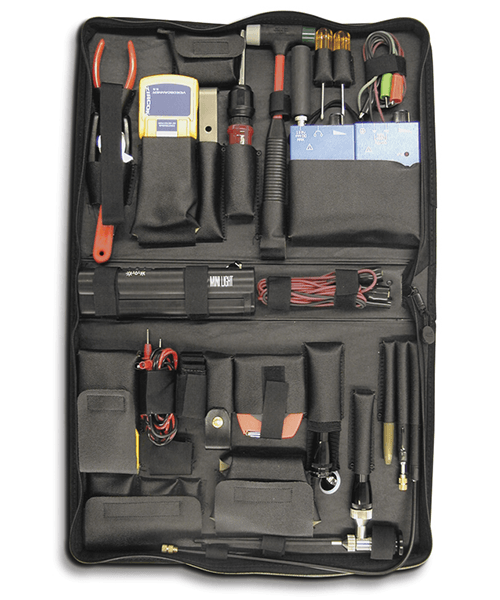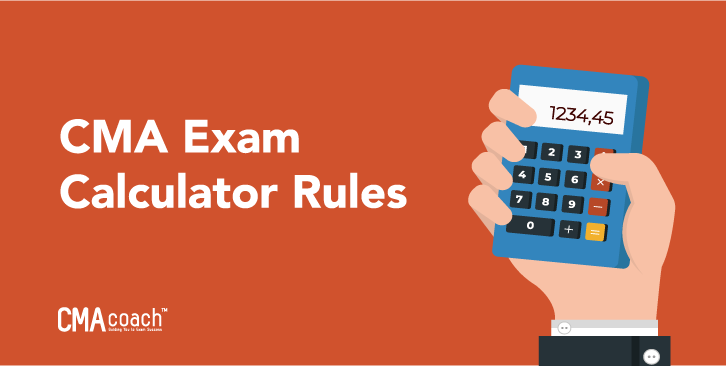

Consider the proposed project/goal’s fit with the identified funder(s).Government agencies (e.g., federal, state/province, or local).See Additional Resources for a list of grantmakers or potential funders. Thoroughly search for relevant grant opportunities.This may help you learn about future funding prospects, as well as increase your chances for a successful proposal. Communicate with grantmakers about your work periodically, even when you are not in the process of submitting an application. Develop relationships with grantmakers when possible.Marketing the Initiative to Secure Financial Resources Toolkit: Assessing Community Needs and Resourcesĭeveloping a Plan for Financial Sustainability Before writing the grant application, identify the problem/goal area for which funds will be sought.

Completing Part II will give you a solid proposal that can be adapted to meet specific grant opportunities and review criteria for specific funders. Part II provides a general template for writing a grant application.

Part I gives a step-by-step overview of the grantwriting process. In this Toolkit, you will find supports for applying for grants.


 0 kommentar(er)
0 kommentar(er)
